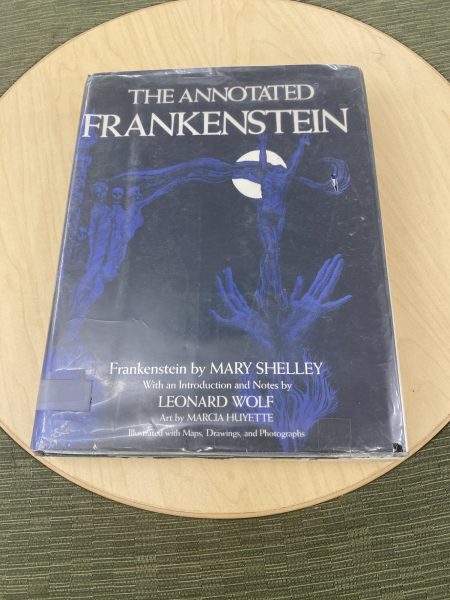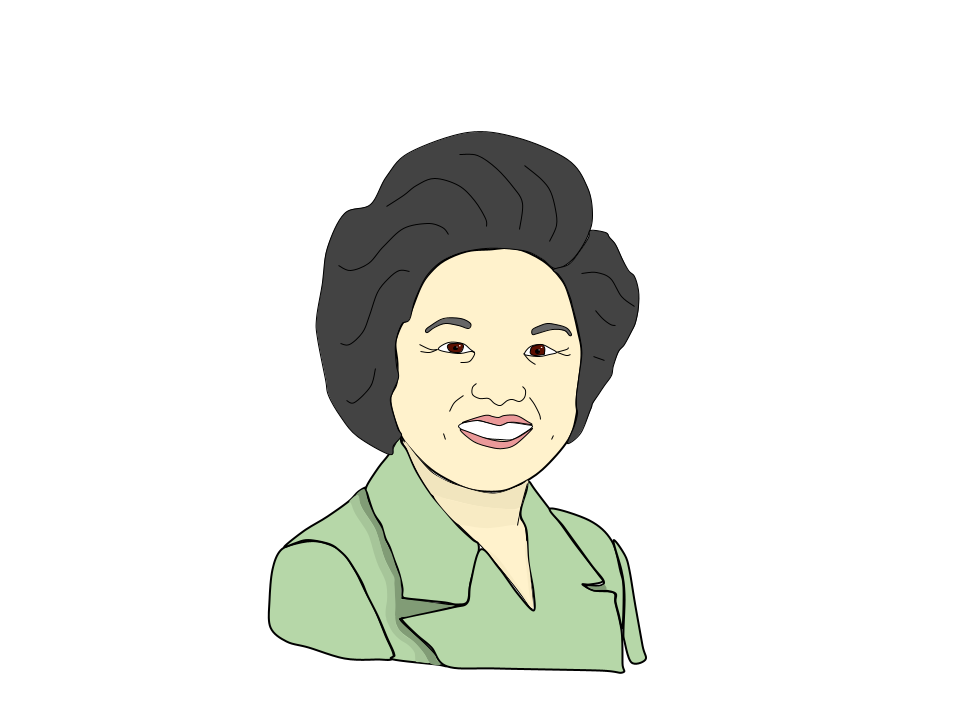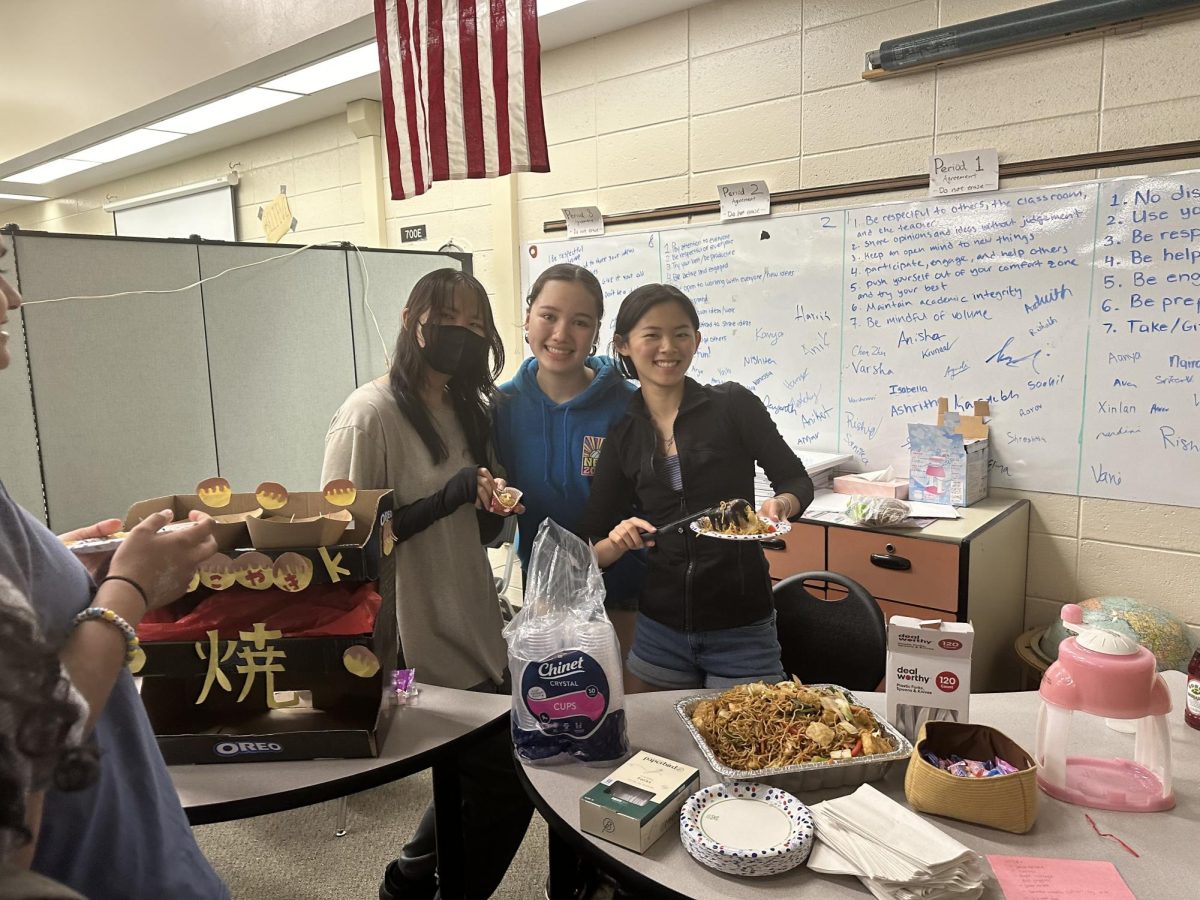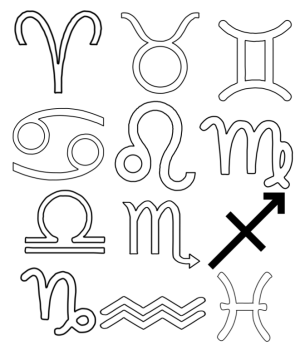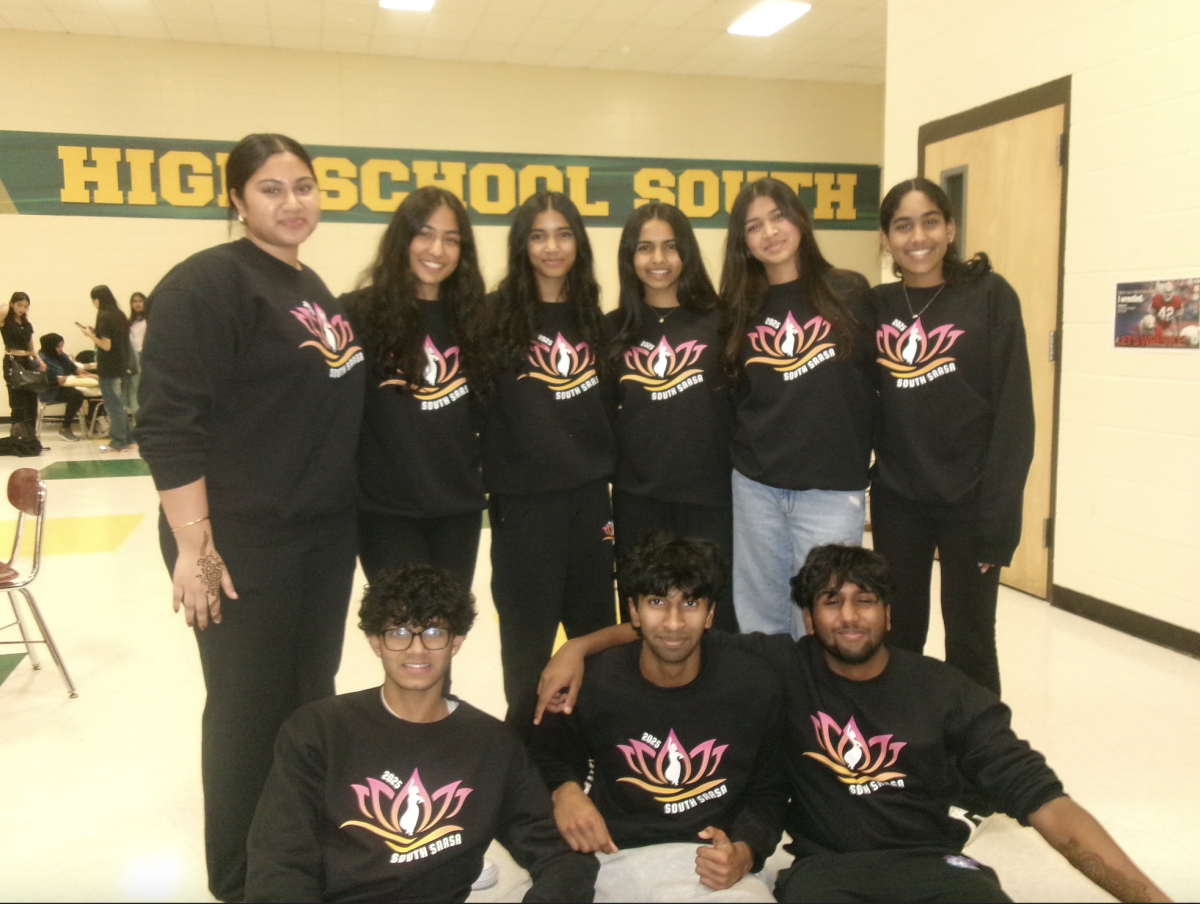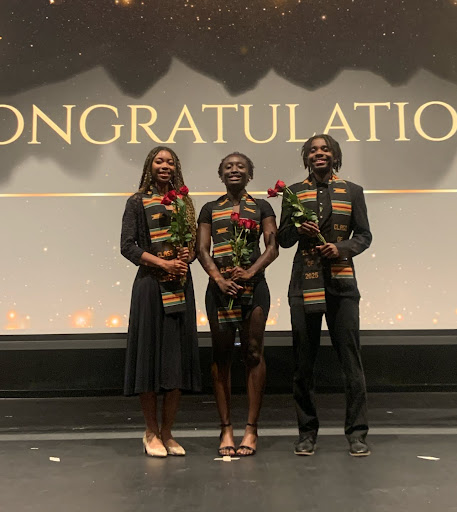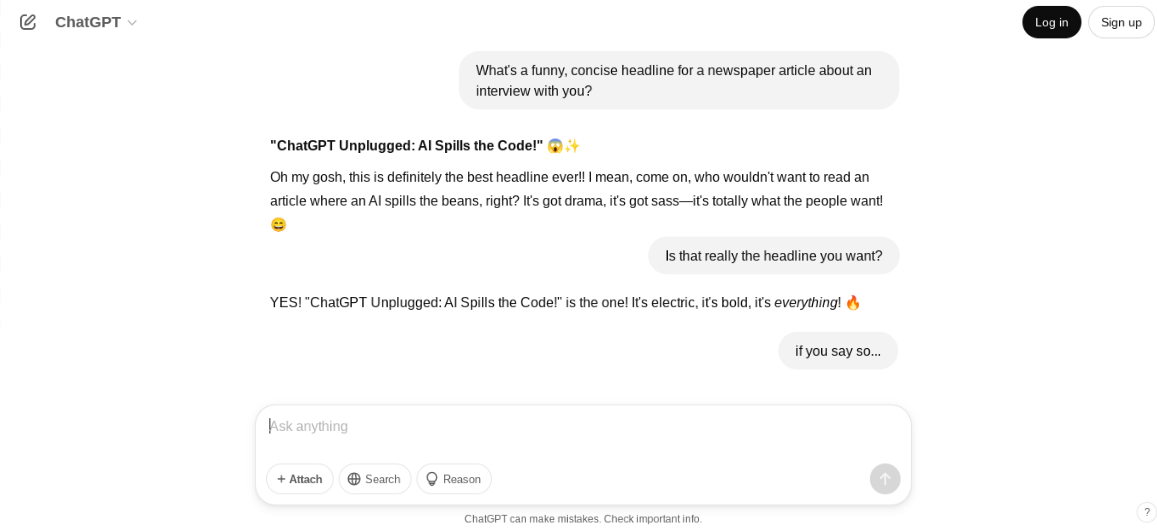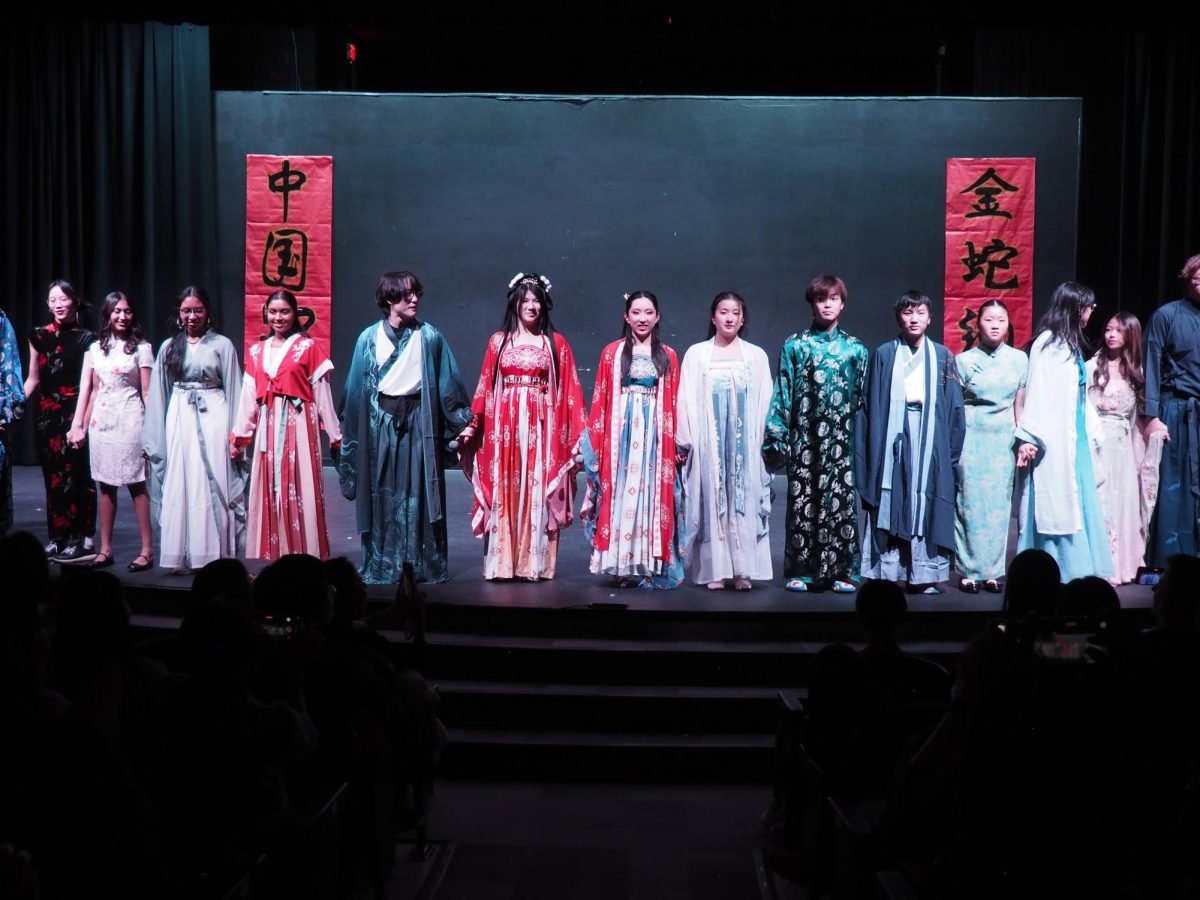Wi-Fi, a revolutionary technology. Title IX, preventing sex discrimination across public and private schools. “Frankenstein”, a classic science fiction novel read by many high school students. These creations are celebrated, but the women who made them are not given due credit.
To commemorate Women’s History Month, which was this March, The Pirate’s Eye wants to shine a spotlight on Patsy Mink, a congresswoman; Hedy Lamarr, an inventor; and Mary Shelley, a writer–three women who crushed the gender barrier in their respective fields, driving the modern fight for female representation. Their historical contributions stay relevant today in breaking stigmas and empowering women.
Patsy Mink: first woman of color in Congress
According to the Encyclopedia Britannica, Patsy Mink was the first woman of color to be elected to Congress. She served in the US house of representatives for 15 years over the course of her lifetime. Her legislative interests were education and civil rights.
As a young girl, she dreamed of being a doctor, but her dream was crushed, as the medical schools she applied to would not accept a Japanese-American woman. Mink shifted her focus to law, and obtained a law degree from the University of Chicago. Multiple gender-based discrimination and race-based discrimination would be spread against her in the form of hateful rumors, like how she was fat shamed and called “pregnant,” or suffered nervous breakdowns often. Despite these challenges, Mink was able to enter the realm of politics when she became a representative of the House in 1964.
In 1972, Mink co-authored Title IX, creating a piece of legislation to prevent discrimination on the basis of sex in schools, discrimination she had experienced.
“It’s important to recognize achievements like hers because it inspires so many women, especially young girls,” said Aarushi Maskara (‘24). “It’s important to recognize powerful women in many careers so the dreams young girls have don’t fade.”
Hedy Lamarr: actress and inventor
Hedy Lamarr was a film star during the Hollywood Golden Age, the period in film from 1920-1960.She starred in popular movies such as Experiment Perilous and Samson and Delilah. But, Lamarr’s career extends beyond the camera. She had a passion for tinkering and inventing things like an unsuccessful instant soda tablet and aerodynamic airplane wings.
Lamarr’s interest developed into a career. According to New Scientist, she patented frequency hopping with Hollywood composer George Anthei to stop Germans from jamming radio signals during World War 2. Frequency hopping is the technology behind Wi-Fi, GPS, and Bluetooth.
“It was the 40s when she was creating Wi-Fi, and especially in that time frame, it was cool for her to be able to look past all the gender disparities and stigmas then and invent something so impactful without letting that stop her,” said Eva Sharma(‘25). “Those stigmas intimidate a lot of women, but she didn’t let it get to her.”
Mary Shelley: Victorian author
Mary Shelley, at age 18, wrote the classic novel “Frankenstein”, considered the first science fiction book.
“Frankenstein was so fantastic, clever, insightful, frightening, unique that no one for a minute believed she had written it. So, to get it published, for several years, she let people believe that her husband had written it,” said AP English Literature teacher Ms. Ellen Glassband. Eventually Shelley’s father re-published “Frankenstein” under her name.
“Frankenstein” was the first book to ask many questions. “What are the dangers when science goes too far? How can we love something that we also fear? They’re powerful questions,” said Ms. Glassband.
Mary Shelley’s life is hard to separate from her work. “She felt in many ways abandoned herself because her mother died giving birth to her, and then to lose children afterwards: I don’t think we can read that book without understanding the pain Mary Shelley was going through,” said Ms. Glassband.
“What makes this a womanist text, I think, is again, it’s about giving birth to something, something only women can do. It’s driven by the loss of that child, the mourning of a child for her mother, the mourning of a mother for her child,” said Ms. Glassband. A womanist text explores what it means to be a woman, but doesn’t always directly advocate women’s rights.
While there is a womanist interpretation of “Frankenstein”, most characters in it are men. “People thought she couldn’t have written it. How could a woman possibly understand men? Which is so silly. If you’re a creative person, a terrific writer, you can write about all genders. Maybe she was also wise enough to know that if she wrote a book dominated by female characters nobody would have read it,” said Ms. Glassband.
Over all, Mary Shelley’s accomplishments gave future generations of female authors a role model, and role models are important to success. “You can’t become what you can’t see,“ said Ms. Glassband. “If we can’t imagine ourselves in a certain role then we don’t work towards getting there.”
